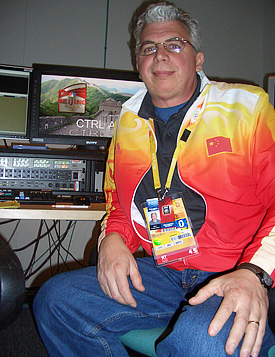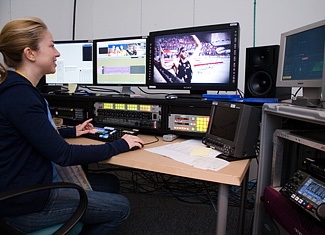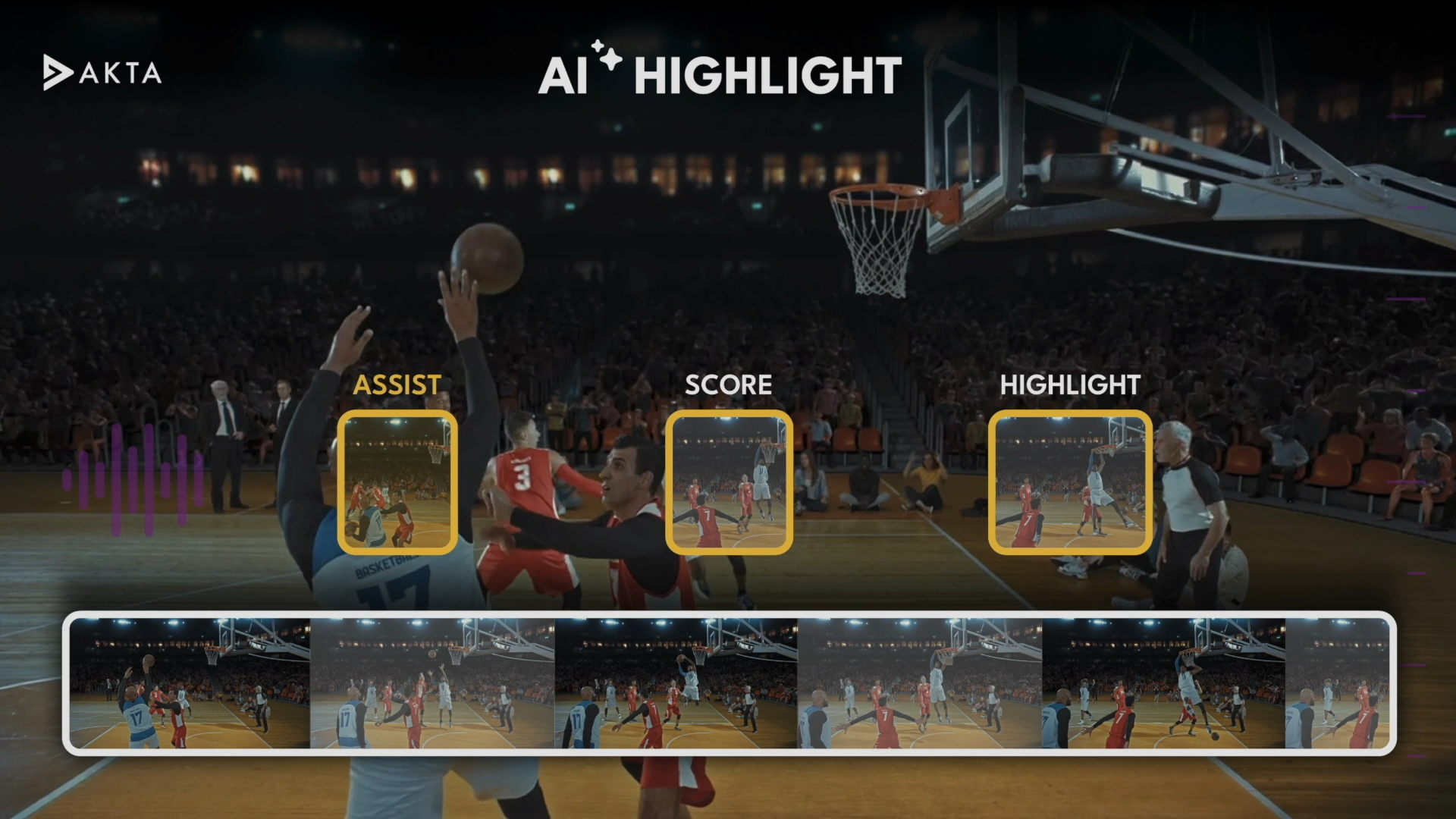Editing, @home and in Beijing
BEIJING
One big editing story coming out of Beijing really had a New York address—NBC's @home initiative saw most editing for NBC's cable outlets take place stateside, and the "Highlights Factory" that fed the hundreds of hours of clip-based content needed for NBC's new media initiatives was located at 30 Rockefeller Plaza. (See story on Page 1 for more on @home, and Highlights Factory story on Page 34 for more).
Four Avid seats at 30 Rock even created most of the HD promos for both the network broadcast and cable programming.

Brian Longenecker, post production supervisor for NBC Olympics Even with all the editing firepower kept @home, NBC's Beijing editing effort—spread across a few key venues and the IBC—was still impressive. It included seven linear edit suites for rapid turnaround editing, 44 Avid nonlinear suites, and seven EVS XT-based edit suites.
Brian Longenecker, post production supervisor for NBC Olympics, said the @home production went very well considering the large amount of content produced.
He said the China side of the @home workflow featured a group of "fetchers" who would find Beijing-based material 30 Rock editors needed and play that material down a dedicated transmission line to New York, being converted from 1080i/50 to 60 in the process.
TRACKING CONTENT
Longenecker said one of the main headlines from NBC's Beijing-based editing was the Olympics debut of Avid's Interplay asset management software, which was deployed in the IBC.
"It was my responsibility to manage all the media for the IBC, Interplay was the tool I used to identify and delete media," said Longenecker.
He added that it also had some applications for the editors and producers. "Access" is one of the applications within Interplay. It allows production personnel to perform text-based searches of the entire Interplay database, locating material they need for their projects. "Assist" allowed users to view full-resolution HD video on a desktop computer or laptop and assemble cuts-only sequences.
"To be able to have a producer sitting at their desk or a laptop creating cuts-only sequences in hi-res, with access to the entire database, and all the media that was on the main [96 TB] Isis storage was incredible," said Longenecker. "It dramatically increased productivity. While the editor is working on one section of a piece the producer can be using 'Assist' to search for shots for the next section, allowing them to complete the project much faster."
FAST FILE TRANSFERS

An Avid suite at the Olympics The second big story of the Beijing Games was that this was the first Summer Olympics where the codecs in NBC's Avid and EVS equipment were compatible. In Athens in 2004, all material coming off NBC'S EVS servers had to be taken down to baseband before coming in to the Avid. "Now all the material that went from the EVSs to the Isis went as a file transfer, which is so much simpler and faster," Longenecker said.
EVS' IP Director software again proved valuable, said Longenecker. An entire feed from a venue would be recorded on the EVS, then a PA would sub-clip and log only the best shots using IP Director, and then send only those selected shots to the Isis.
"So you're saving Isis storage, additionally all the material that lands on the Isis is already logged—it made ingest and the production side dramatically easier."
This Olympics saw less ingest to the production side via tape (or XDCAM disc) than past Games. Most material came in through EVS and IP Director to Isis and Interplay via a file transfer. The media showed up on the Isis and the metadata ended up on Interplay in a catalog.
Sony's new XDCAM decks were incorporated into the nonlinear suites, but the Avid software that would enable the file-based decks to do insert edits came out a little too late to see use at this Olympics.
"You don't insert edits, you don't do an assemble edits—you record files," said Longenecker, who added that they developed a workflow to get around the issue. "The fact that it's a file-based recorder means that its functionality is different than a traditional VTR. We look forward to when we can drag the files on and off to the Avids."
Longenecker said everyone was very happy with the quality of the recordings. "It's a very efficient codec, 4:2:2 Long GOP, so the quality was much higher than you might expect at only 50 Mbps." Longenecker said Avid had only recently released software that would allow the machines to edit Long GOP directly. The latest versions of Avid products support Long GOP, but NBC didn't really have time to explore the software before the Games, so in Beijing files were taken down to baseband off the XDCAMs.
"By Vancouver [2010] we will likely be taking advantage of the [direct] transfers; it's three times real time," said Longenecker. He said there were two Long GOP-capable Avid suites in New York.
What else might be seen in Vancouver?
"We're very much looking forward to the next generation Avid edit client, we'll start testing the Nitris DX in Stamford soon. Also, we'll likely have a broader deployment of Interplay, perhaps more at the venues and throughout the IBC," he said.
The professional video industry's #1 source for news, trends and product and tech information. Sign up below.

